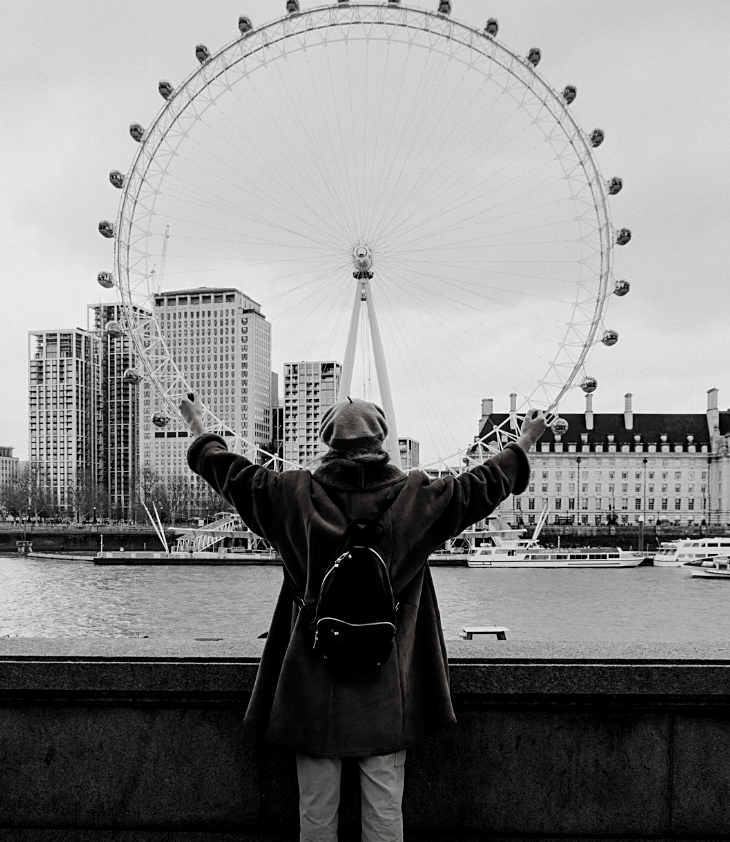THE CHALLENGE: Develop an entrepreneurship project to create a positive impact by tackling health, inequality, education, and responsible consumption, based on the UN Sustainable Development Goals.
THE PROJECT: A travel agency for visually impaired travelers seeking meaningful experiences.
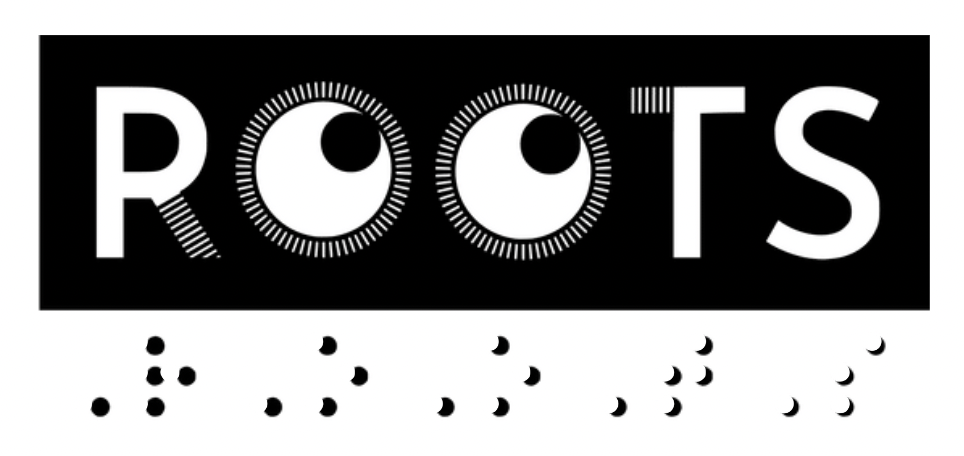
The Design Process
In a team we conducted the design process from research to problem definition, ideation and validation. My role was mainly focused on the Industry Research phase (stakeholder analysis and systems thinking) and on the Solution Ideation & Design, while providing support throughout the other phases. The project was developed with the following phases:
Industry Research
- Benchmarking
- Interviews: Tourists (9), Locals (6), Visually impaired people (3), Experts in tourism (2), Volunteers (2)
- Stakeholder analysis
- Systems Thinking
Persona Development & Problem Definition
- Customer Journeys
- Empathy Maps
- Immersive Experiences
Solution Ideation & Design
- Benchmarking
- Social Impact KPIs & Analysis
- Go-to-Market Strategy
- MVP Building
- Testing
Our Focus: How might we humanize tourism?
Most travel solutions focus on majorities and leave minorities aside.
For an industry with countless solutions for its different stakeholders, our aim was to find an angle where we could leverage current solutions for a niche segment: minorities.
User Personas
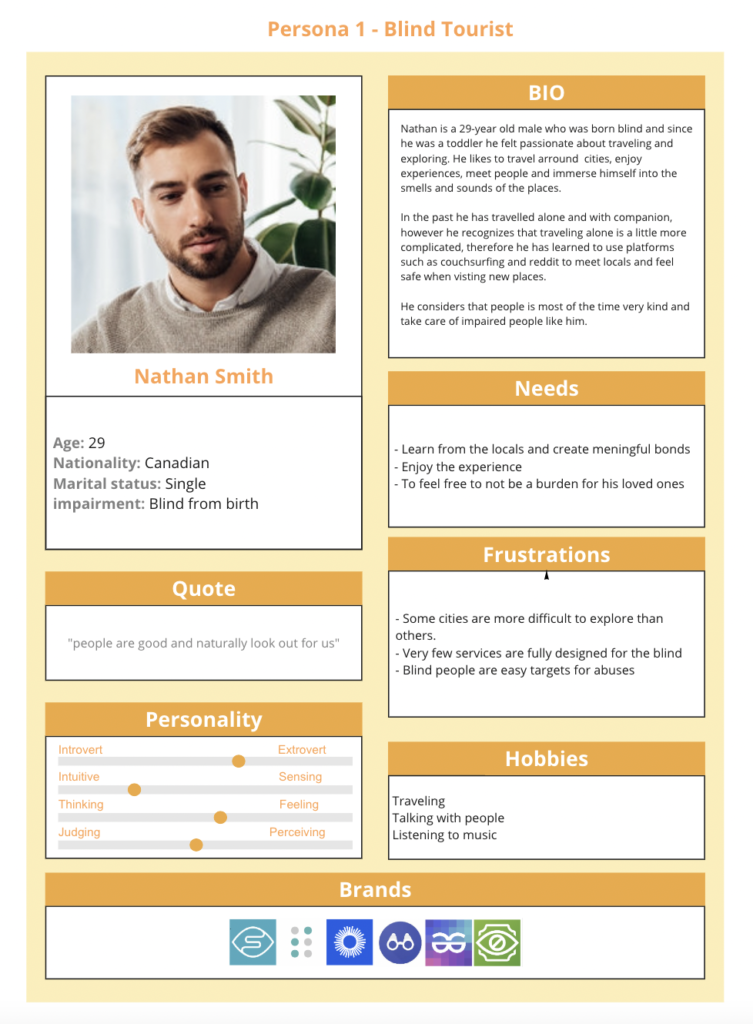
The experience was tailored towards Nathan, a young, visually impaired tourist who wants to experience the world. He has not found a service that provides him with what he needs to travel to new places and have authentic experiences with locals, and to help him navigate the accessibility limitations in each destination.
Empathy Maps
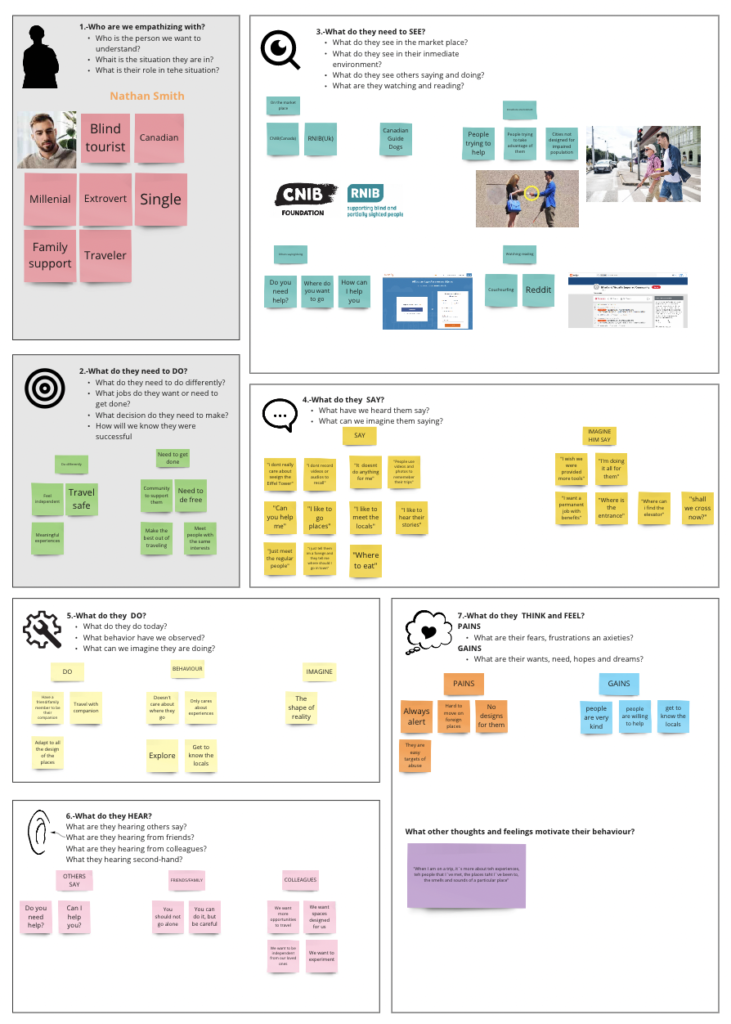
Through empathy maps built based on interviews, we were able to comprehend and create a service where travelers would feel safe through the journey by having a trusted companion, a city guide and medical assistance if needed.
Ecosystem Maps

Through the ecosystem map, we identified relevant players in the industry to focus on the core and primary ones for the design of the service. Companions, family members, the travel agency and medical support were some of the main stakeholders to include.
User Experience & Emotional Journeys
By analyzing the customer journey and emotional states in every step, we understood travelers are alert most of the time during the trip. As a result, the focus was to reduce that feeling throughout the tour by providing them with a proper assistance and a Welcome Kit before traveling to the next destination.
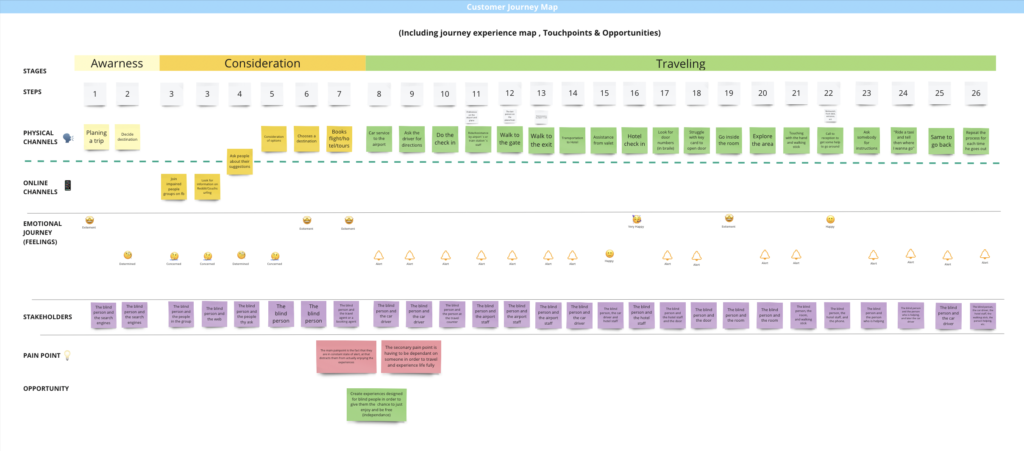
Key Insights
Travel is not designed for the visually impaired.
They experience the world through a different set of senses and travel to feel and connect with the world around them.
People are traveling to show, not feel.
Regular travelers have lost this sense of connection, making travel about boosting their «social status».
Visually impaired travelers face a series of social and environmental barriers.
Access to some facilities, the design of spaces, lack of independence and reliable information on the accessibility of destinations are only some of them.
They travel for enjoyment.
Enjoyment is one of the main reasons why visually impaired tourists travel.
Moreover…
63%
of companies reported they didn’t offer accessible services.
(Botwell, James. Journal of Tourism Futures)
1.16
Visually impaired tourists spend 1.16 more than average tourists.
(Botwell, James. Journal of Tourism Futures)
Value Proposition
Travel for meaningful experiences and connection.
A travel agency for visually impaired travelers seeking meaningful experiences and to discover places which were previously unaccessible for them.
We bring back the joy of traveling and connecting with destinations through the senses. These create the most meaningful, natural connections by experiencing places through their culture, joy and community.

How does it work?
Travelers will…
- Fill up a questionnaire about their travel preferences.
- Get a destination proposal that best matches their interests.
- Receive a sensory Welcome Kit a few days prior to the travel date with typical elements from the destination and an itinerary.
- Travel to a new destination and experience it through activities enhancing each sense.
- Be accompanied by medical experts and tour guides in groups of up to 10 people.
The Business Model
ROOTS is designed to work as a travel agency, with the addition of medical experts on trips and the commercial strategy being focused on partnerships with institutions and schools for the visually impaired.
The growth plan includes outsourcing our services to existing travel agencies with cobranding or white label collaborations, opening a B2B revenue stream.

Market Analysis
Opening up a new market: Latin America
Our purpose is to open up a new, niche market, where they can visit destinations that weren’t available to them before due to infrastructure limitations.
The first destinations will be in Latin America, beginning with Colombia, as this is one of the countries where the visually impaired will need more guidance and assistance to visit.
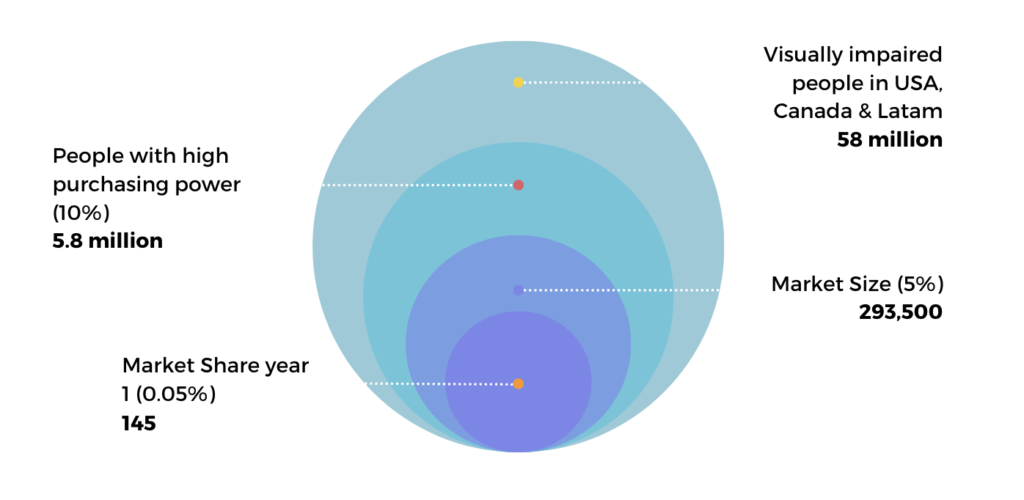
Key Takeaways: The Role of Empathy
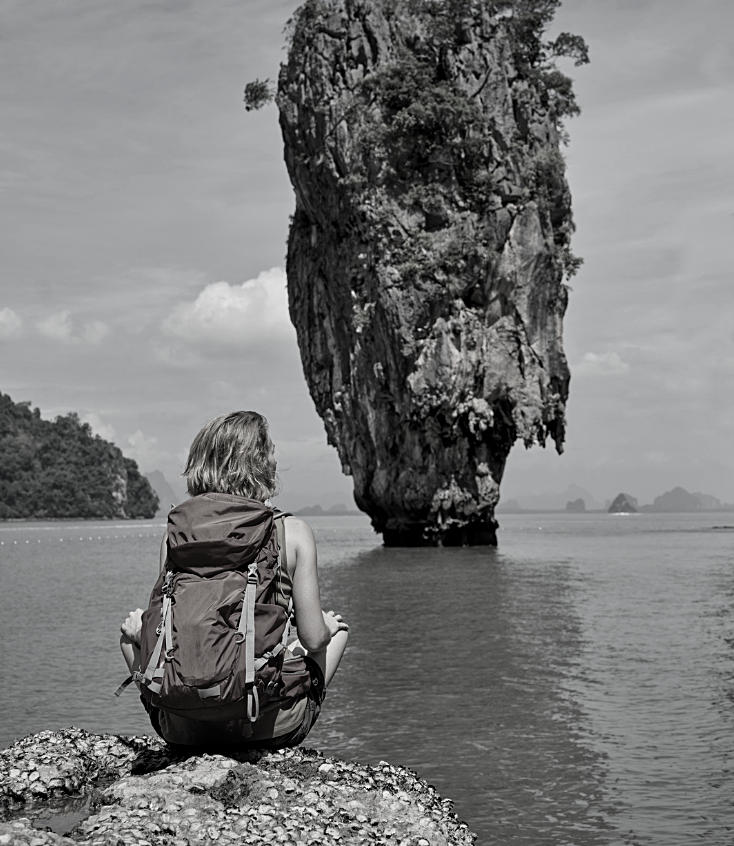
Stepping into their shoes
Empathy is the main driver behind this project. The most important aspect was putting preconceptions aside, try to really step in their shoes, understand their feelings, and how they experience the world.
Experiencing the world through other senses
Visually impaired people don’t feel impaired – they experience the world through other senses. As a result this experience was built to create opportunities for those who live and connect with the world differently.
